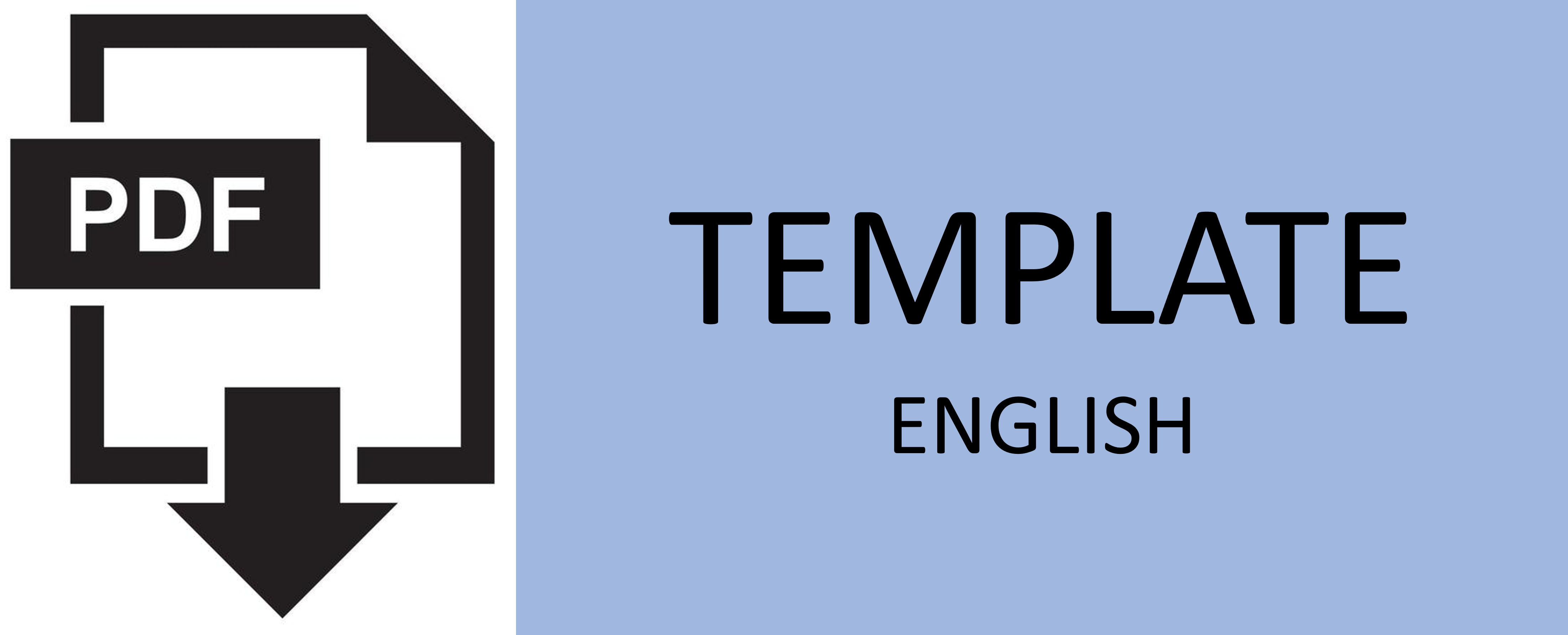SEEPAGE AND SLOPE STABILITY ANALYSIS FOR SAFETY EVALUATION OF PIDEKSO DAM
Abstract
The Pidekso Dam is one of the National Strategic Projects. The dam is located in Pidekso Village, Giriwoyo District, Wonogiri Regency, Central Java Province. The dam was designed as an earth-fill dam of zonal type with random fill and an upright core. Although the construction of a dam provides huge benefits, it may pose a potential hazard if collapses. Therefore, it is necessary to conduct a study to determine the safety of the Pidekso Dam in various conditions, including during an earthquake occurrence.
The study analyzed the seepage on the main dam construction using Seep/W and dam-slope stability using Slope/W by reviewing the cross-section of the dam body and its foundation. The data used as the input in the analysis include the coefficient of soil permeability, soil cohesion, internal friction angle, and soil density based on field investigations and laboratory analysis. For the seepage analysis, manual calculations were also carried out using the Schaffernak and Casagrande method compared to the Seep/W results.
From the results of the seepage analysis with Seep/W, the Pidekso Dam is safe against leakage with the largest discharge of 6.480×10-4 m3/s at maximum water level. The safety factor against piping showed safe results with the lowest safety factor of 6.295 at the end of the filter drainage. In the dam stability analysis with Slope/W, several unsafe conditions have the lowest safety factor of 0.926 on the upstream slope at the minimum water level with MDE (Maximum Design Earthquake) of 0.25. In Makdisi-Seed analysis, the highest slope displacement value is 0.862 m with an earthquake magnitude of 8.25; Y/H (Y is the depth from the top of the dam and H is dam height) of 0.25. This value is smaller than the maximum limit of 2.00 m, hence the dam is still in a safe condition.
Keywords
Full Text:
PDFReferences
D. O. Regar, Analisis Stablitas Bendungan Urugan pada Uji Permodelan di Laboratorium, Yogyakarta: Department of Civil and Environmental Engineering. Universitas Gadjah Mada, 2010.
A. Minmahddun, Analisis Stabilitas dan Deformasi Bendungan Jatigede Akibat Fluktuasi Muka Air Waduk, Yogyakarta: Master Thesis Report. Department of Civil and Environmental Engineering. Universitas Gadjah Mada, 2018.
W. Dwiyantoro, Evaluasi Keamanan Bendungan Situ Gintung Secara Komprehensif : Tinjauan dari Aspek Hidrologi, Hidraulika, dan Geoteknik, Yogyakarta: Department of Civil and Environmental Engineering. Universitas Gadjah Mada, 2018.
M. P. F. Putra, Analisis Keamanan Bendungan Leuwikeris Terhadap Aspek Geoteknik, Yogyakarta: Department of Civil and Environmental Engineering. Universitas Gadjah Mada, 2019.
F. A. Fadhillah, Studi Stabilitas Bendungan Tukul Akibat Perubahan Muka Air Waduk, Yogyakarta: Department of Civil and Environmental Engineering. Universitas Gadjah Mada, 2019.
N. D. S. D, Analisis Keamanan Bendungan Bener Terhadap Aspek Geoteknik, Yogyakarta: Department of Civil and Environmental Engineering. Universitas Gadjah Mada, 2020.
F. S. Muharom, Analisis Stabilitas Lereng dan Kontrol Erosi pada Saluran Pelimpah Bendungan Leuwikeris, Yogyakarta: Department of Civil and Environmental Engineering. Universitas Gadjah Mada, 2020.
S. Sosrodarsono dan K. Takeda, Bendungan Type Urugan, Jakarta: PT. Pradnya Paramita, 1977.
SNI 8062:2015, Tata Cara Desain Tubuh Bendungan Tipe Urugan, Jakarta: National Standardization Agency of Indonesia, 2015.
Esri.”World Imagery”[basemap].Scale Not Given.”World Imagery”.January 28, 2019. https://www.arcgis.com/home/item.html?id=dbde57ff06a44b3ab282697e6a5afc6e.(November 13, 2021).
Balai Keamanan Bendungan, Pedoman Kriteria Umum Desain Bendungan, Jakarta: Directorate General of Water Resources, 2003.
SNI 8064:2016, Metode Analisis Stabilitas Lereng Statik Bendungan Tipe Urugan, Jakarta: National Standardization Agency of Indonesia , 2016.
Pd T-14-2004-A, Analisis Stabilitas Bendungan Tipe Urugan Akibat Beban Gempa, Jakarta: Department of Settlements and Regional Infrastructur, 2004.
SNI 8065:2016, Metode Analisis dan Cara Pengendalian Rembesan Air untuk Bendungan Tipe Urugan, Jakarta: National Standardization Agency of Indonesia , 2016.
Soedibyo, Teknik Bendungan, Jakarta: PT. Pradnya Paramita, 2003.
F. I. Makdisi dan H. B. Seed, A Simplified Procedure for Estimating Earthquake Induced Deformations in Dams and Embankments, Barkeley: College of Engineering University of California, 1977.
DOI: http://dx.doi.org/10.12962%2Fj20861206.v36i2.11487
Refbacks
- There are currently no refbacks.

Journal of Civil Engineering is licensed under a Creative Commons Attribution-ShareAlike 4.0 International License.







.jpg)